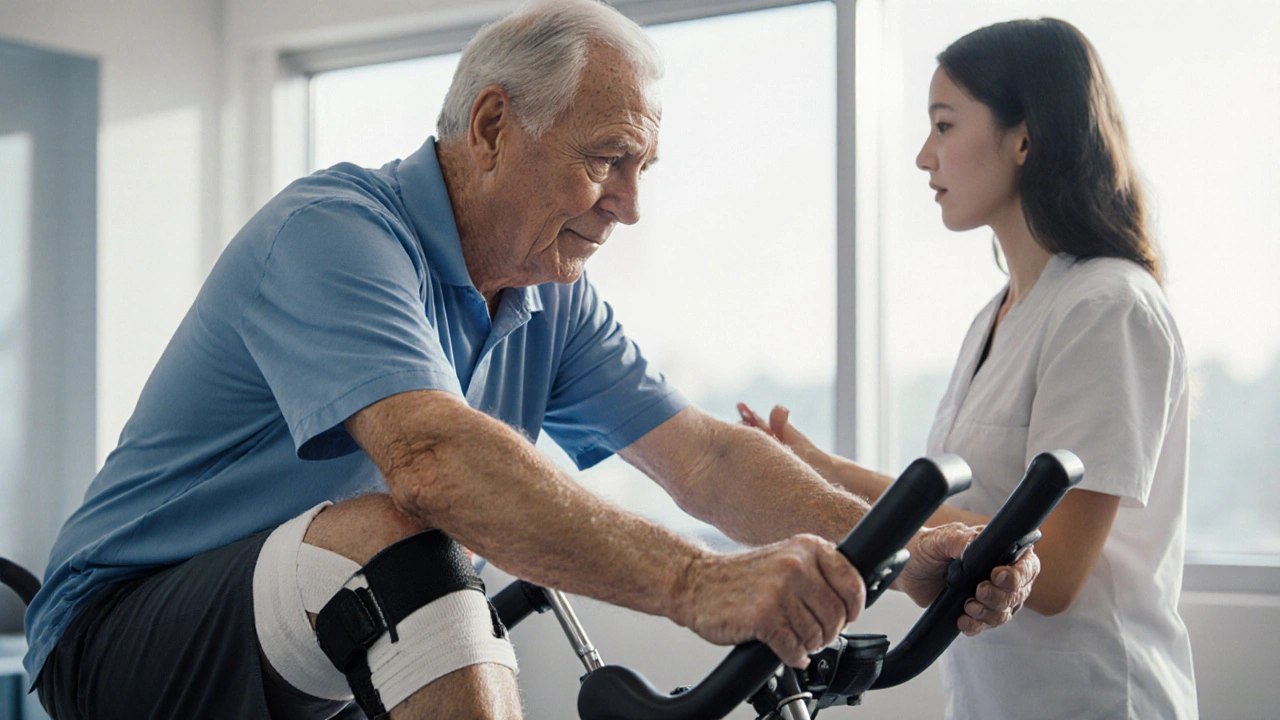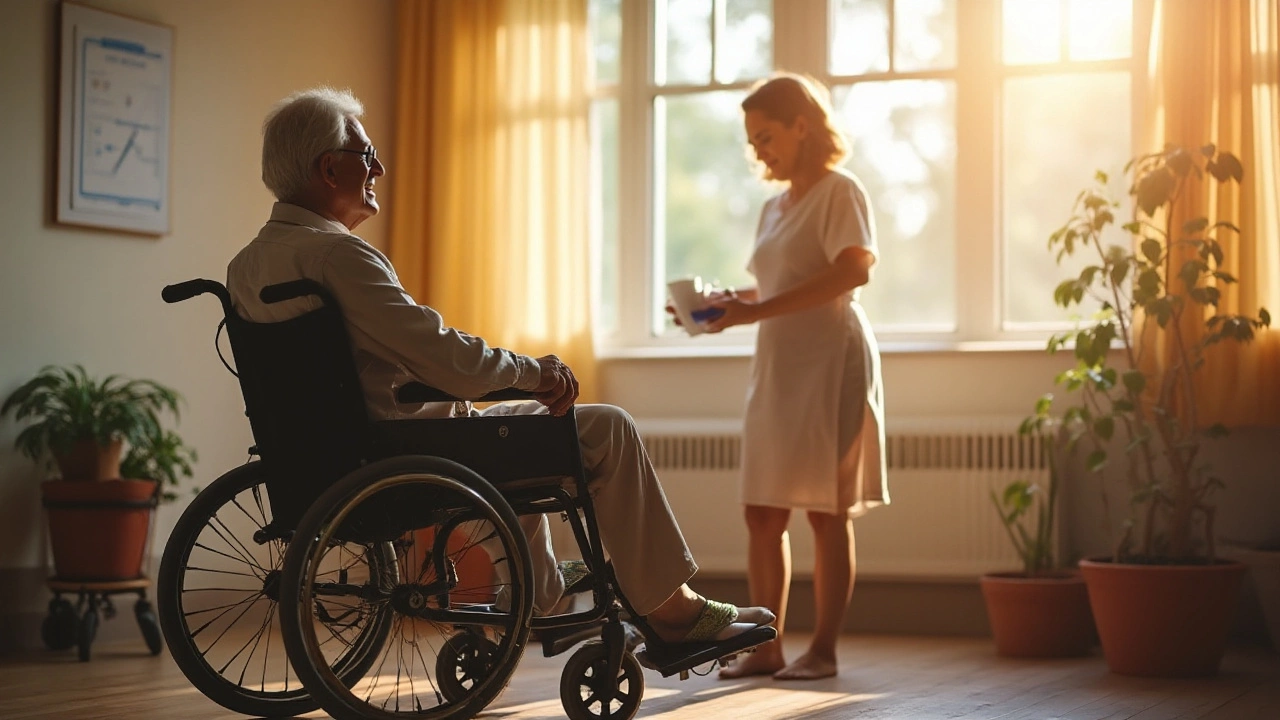Knee Replacement Recovery: What You Need to Know
Just had knee replacement surgery? You’re probably wondering how to move from the hospital bed to a normal day. The good news is that most people start feeling better within weeks if they follow simple steps. Below you’ll find the basics that keep you safe, reduce pain, and speed up healing.
First Days at Home
When the nurse leaves, the first thing you’ll notice is swelling. Keep the leg elevated on a pillow whenever you sit or lie down – this cuts down on fluid buildup. Ice the knee for 20 minutes, three to four times a day; use a thin towel between the pack and skin to avoid frostbite.
Getting to the bathroom can feel scary, but you don’t need to wait for a full recovery. Install a sturdy handrail or use a bedside commode if stairs are a problem. Take small, deliberate steps with a walker or crutches, putting weight on the heel rather than the toe. If you feel a sharp pain, stop and rest – pain is a signal, not a competition.
Medication is part of the plan. Take the painkillers exactly as the doctor prescribed; skipping doses can make pain spike later. Pair medicines with a light snack to protect your stomach, and keep a glass of water handy.
Getting Back on Your Feet
Physical therapy starts early, often the day after surgery. Your therapist will guide you through gentle bends, quad sets, and ankle pumps. These moves keep muscles active without stressing the new joint. Do the exercises twice a day, even if you’re tired – consistency beats intensity.
Walking is the best test of progress. Aim for short walks around the house, then the yard, and finally the block. Increase distance by about 10‑15% each week; don’t rush to run or jog until your surgeon gives the green light.
Watch out for warning signs. Sudden increase in pain, a fever over 101°F, or drainage that looks cloudy could mean infection. If any of these pop up, call your doctor right away.
Nutrition plays a quiet role. Protein‑rich foods like eggs, dal, and paneer help tissue repair. Staying hydrated supports joint lubrication, so sip water throughout the day.
By week six most people can climb stairs with minimal pain, and by three months many return to low‑impact activities like swimming or cycling. Remember, every knee heals at its own pace – if yours feels slower, that’s okay. Stick to the plan, stay positive, and you’ll get back to the things you love.

How Long Does Stiffness Last After Knee Replacement Surgery?
Most people see major improvement in knee stiffness within 6 to 12 weeks after replacement surgery, but full recovery can take up to a year. Consistent physical therapy and daily movement are key to regaining mobility.

How Many Days of Rest Are Needed After Knee Replacement Surgery? Expert Recovery Timelines & Tips
Find out exactly how many days you’ll need to rest after a knee replacement, what real recovery looks like, and science-backed tips for a faster return to normal life.

Returning to Work After Knee Replacement: Timeline and Tips
Understanding when you can return to work after knee replacement surgery is crucial for your recovery journey. This article explores the typical recovery timeline, the factors influencing your return to the workplace, and shares tips for easing this transition. Discover how to manage expectations and prioritize healing without compromising career progress. Stay informed to make the best decisions for your health and professional life.

Understanding Recovery Time from Total Knee Replacement Surgery
Total knee replacement surgery is a significant procedure that requires a well-structured recovery plan. The time taken off work can vary greatly depending on factors like the nature of one's job, physical demands, and individual recovery rates. While desk-based workers may return in 4-6 weeks, those with physically demanding jobs might need up to 3 months. Understanding these timelines and preparing accordingly can improve recovery outcomes and ensure a smoother transition back to daily activities.

What's the Rarest Mental Disorder?
Mar, 29 2025



